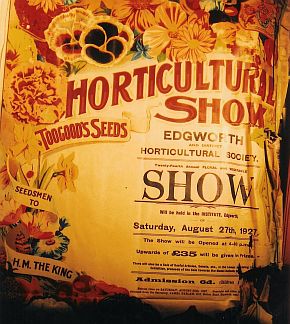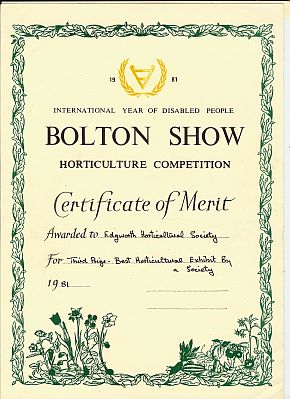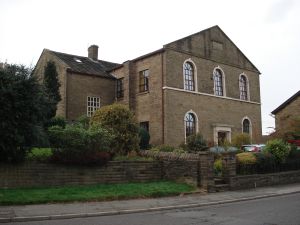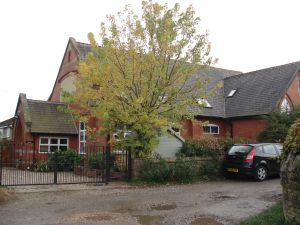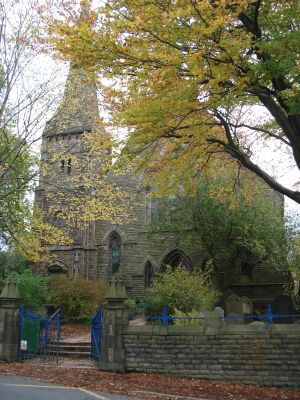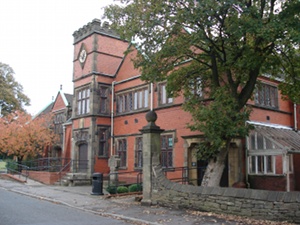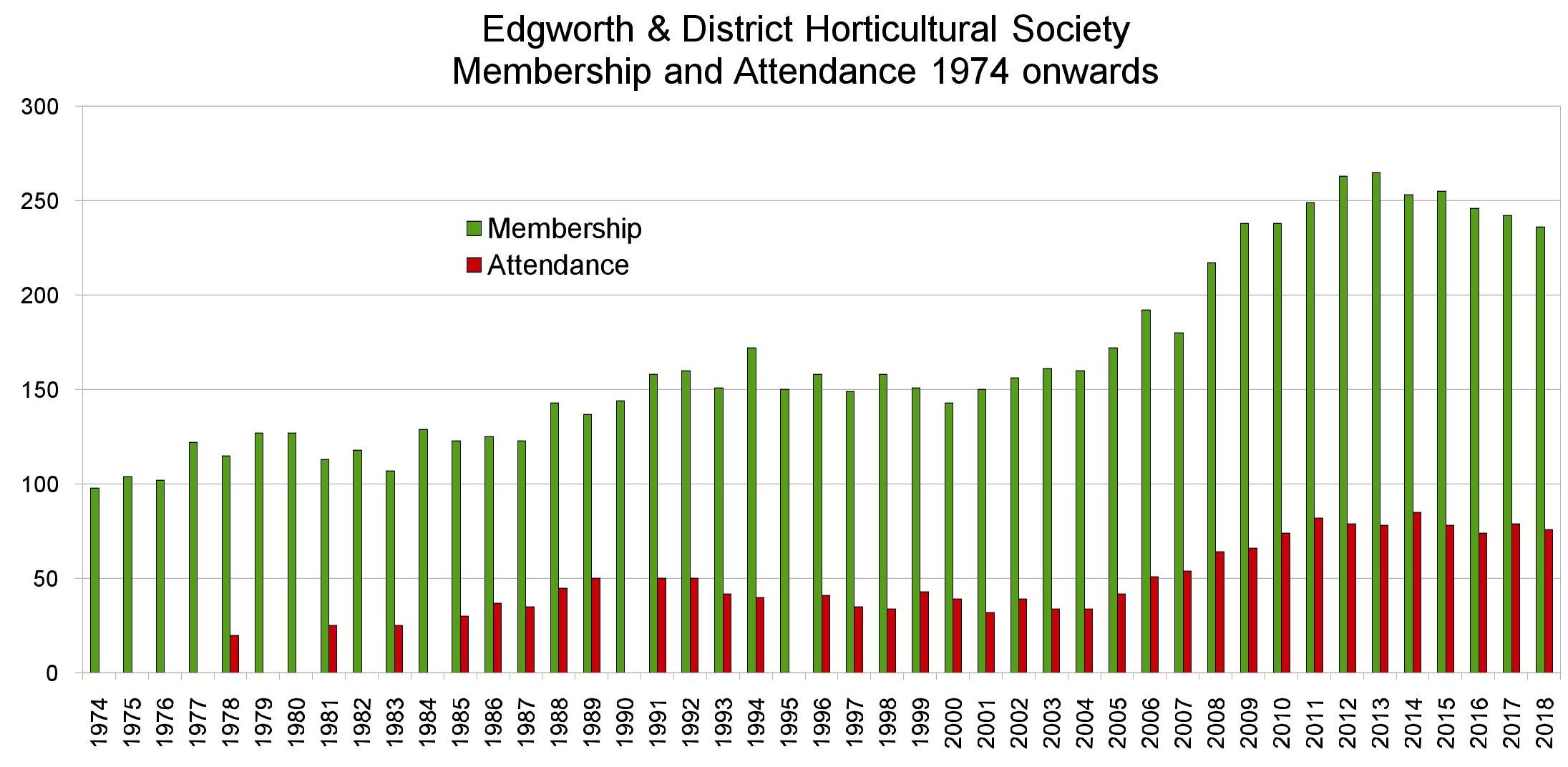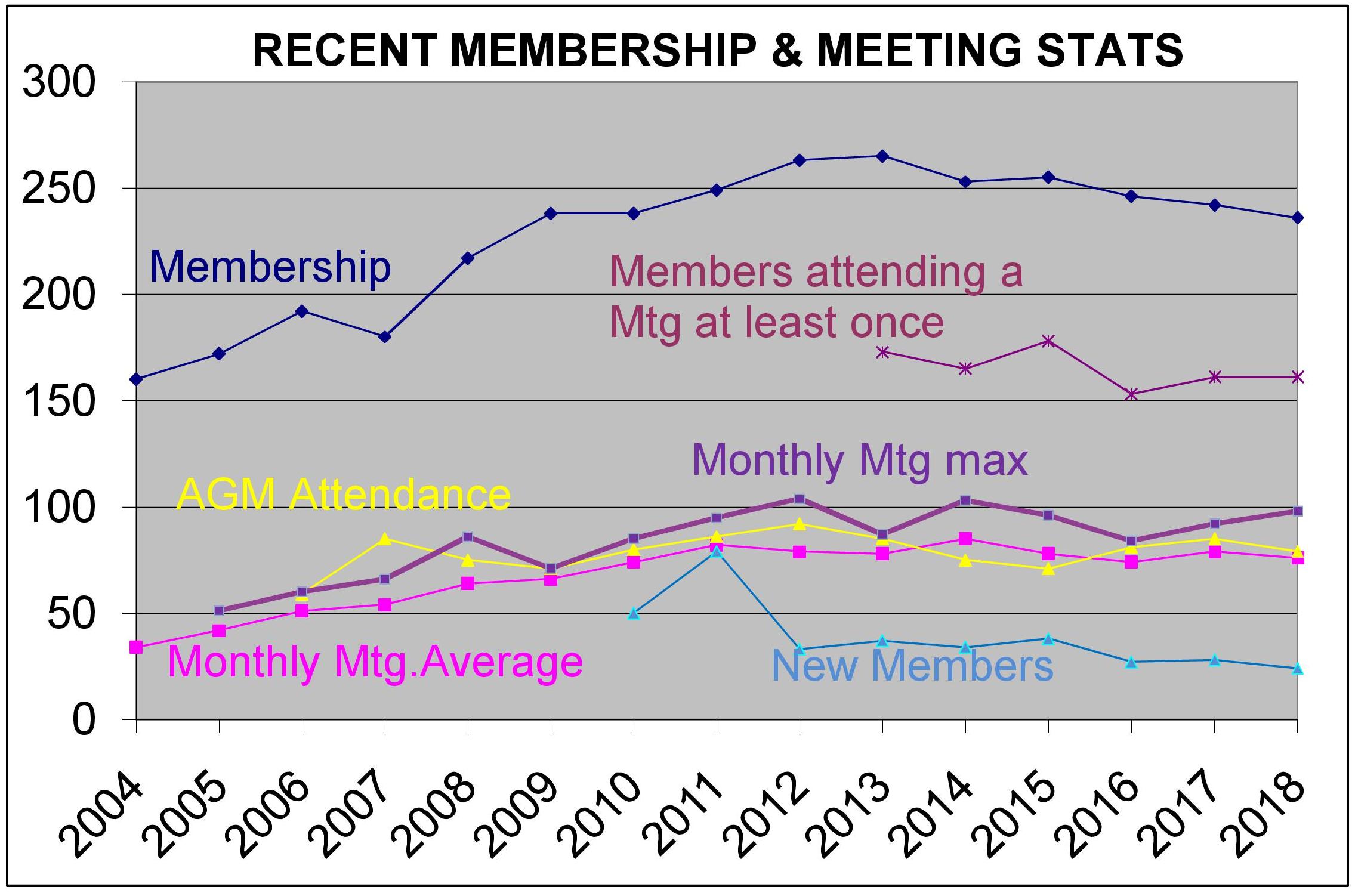Contents
Society History
In early 2014 an illustrated booklet about the history of our society was given free to members. This celebrated 40 years of EHS from its re-establishment in 1973 and though titled "A Potted History", author David Spencer gives an interesting and very full account starting from our origiinal founding in the early 1900s. This web page gives a shorter account of our history and though now out of print, you may view a copy of the booklet (at reduced definition to keep download times short).
At some point in the future an update and reprint may be
undertaken so if you have further information about EHS or about the
contents of the current booklet please email us at history@edgworth-horticultural-society.co.uk
Early beginnings
Later years
1973 - A New dawn
Bolton Show Certificate of Merit.
Awarded to Society in 1981 for 3rd Prize - Best Horticultural Exhibit by a Society.
Meeting Venues
Membership Size and
Meeting Attendance
Both membership and attendance have risen in recent years.
Links to More History Topics


